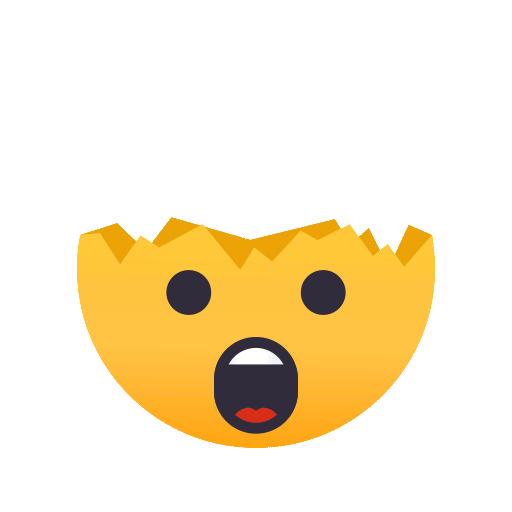Why Develop a Business Plan?
In the book The Entrepreneur’s Manual, Richard M. White, Jr. states that
business plans are “road maps” for business creation: “You identify your origin, select a
destination, and plot the shortest distance between the two points.”
True, a business plan is essentially a blueprint for a business. However, it also
serves many other purposes:
A business plan is a detailed blueprint for the activities needed to establish a business
(i.e. the details of a product or service, the market for that product or service, and the
management of the business providing that product or service).
A business plan is also the ‘yardstick’ by which a business owner measures success in
meeting stated goals and objectives.
Also, a business plan is a tool for obtaining a loan from a lending agency, or for
attracting venture capital.
What Does a Business Plan Look Like?
There is no standard format for a business plan, but there are many common
components of a business plan:
Executive Summary (providing a general overview of the plan’s main points)
Table of Contents
(Brief) Background and History
Business Goals and Objectives
Description of Products/Services
Market Description/Assessment
Competition Assessment
Marketing Strategies
Manufacturing Plans
Pro Forma Financial Analysis
Contingency Plans
Many business plans will also include appendixes with additional information
related to the business, its operations, its owners/managers, marketing/promotional plans,
etc.
Of course, the best way to illustrate a business plan is to provide one. The
following plan for a completely fictional business is used for a monthly entrepreneur
workshop at Oklahoma State University’s Food & Agricultural Products Center, entitled
“Food Business Basics: A Guide to Starting Your Own Food Business.” This mock
business plan focuses on a whipped topping business, but the format is appropriate for
any small food business.
Install Palscity app







Collins Kibet
Delete Comment
Are you sure that you want to delete this comment ?
Michael Njenga
Delete Comment
Are you sure that you want to delete this comment ?